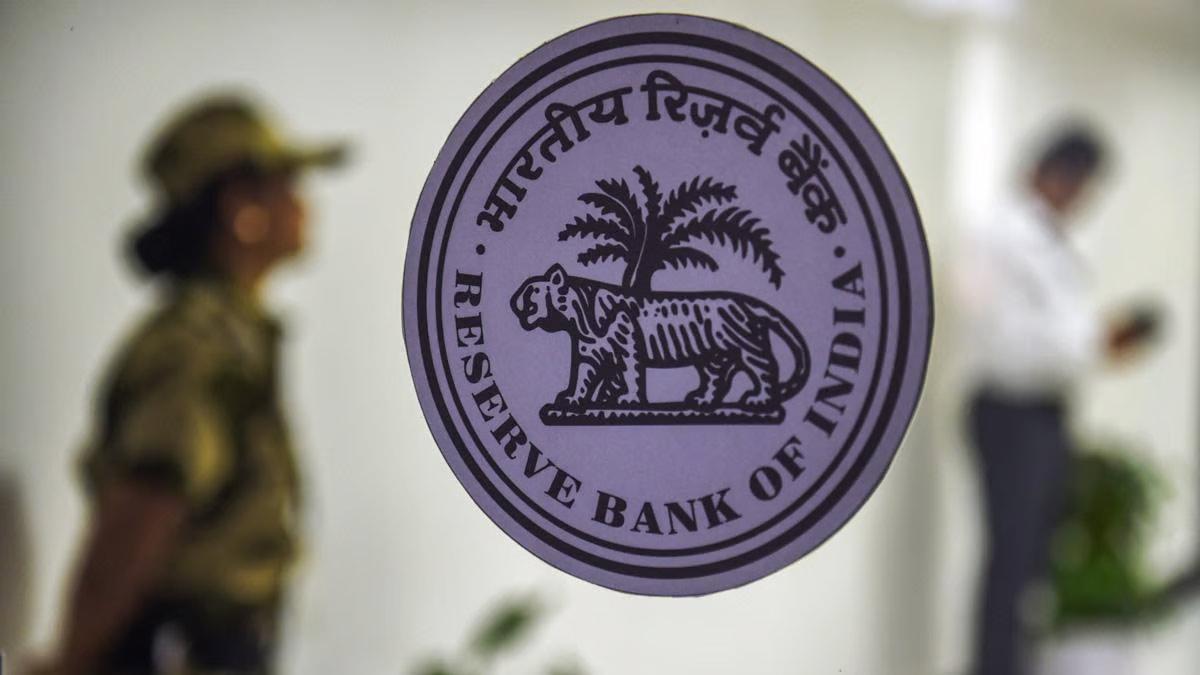The Reserve Bank of India's (RBI) recent monetary policy relaxation steps are expected to propel a year-on-year credit growth of around 10.8% in FY2026, which would translate into a credit growth of ₹19 lakh crore to ₹20.5 lakh crore, as per a new report published by ICRA on Tuesday.
The credit rating agency noted some of the measures taken by the RBI that are likely to support this growth. These include lowering the repo rate, delaying proposed changes to the liquidity coverage ratio (LCR) framework, reversing higher risk weights on unsecured consumer loans and lending to non-banking financial companies (NBFCs), and further provisioning relief for infrastructure projects.
In addition, the central bank's continued efforts to provide lasting liquidity to the financial system—via open market purchases of bonds and forex swaps with banks—are designed to enhance liquidity conditions and accelerate the pass-through of policy rate reductions into the overall economy.
But the report also noted that even with these accommodative steps, there are some headwinds that persist. Ongoing difficulties in mobilising deposits, high credit-deposit (CD) ratios, and increasing stress in unsecured retail and small business lending are expected to temper the speed of credit growth compared to the recent peaks of FY2024.
“The RBI’s pro-growth regulatory stance has reinvigorated the appetite for credit among lenders in Q4 FY2025,” the report stated. This rebound follows a subdued credit growth period during the early months of FY2025.
One of the most important hurdles for banks remains the challenge of bringing in deposits at competitive costs—particularly retail deposits—under LCR pressures and intense competition from other investment alternatives. The movement of investor preference towards fixed-term deposits has also lowered the share of low-cost CASA (current and savings account) deposits, thus increasing the cost of funds for banks.
Although the RBI’s liquidity measures are expected to aid transmission of rate cuts, the report warns that the ongoing deposit mobilisation challenges may delay the full impact on banks’ funding costs, thereby squeezing their margins.
Furthermore, the reliance on wholesale deposits due to the elevated CD ratio has led to a gradual reduction in the banking sector’s average LCR.
Describing the prospects, ICRA Vice President Sachin Sachdeva stated, "As long as the CD ratio continues to be high, banks will continue to experience stiff competition for deposits in FY2026. This will limit their scope to cut deposit rates, although lending rates are expected to continue facing pressure from declining external benchmark-linked loan rates and increasing competition from debt capital markets."
He further stated that with a cumulative cut of 75 basis points in the repo rate starting February 2025, banks' net interest margins (NIMs) would likely narrow by 15–17 basis points in FY2026.
Even with these margin compressions, ICRA's "Stable" outlook for the banking system is intact. The report projects modest declines in profitability, with return on assets (RoA) and return on equity (RoE) to range between 1.1–1.2% and 12.1–13.4%, respectively, in FY2026. These are perceived to be adequate to underpin projected credit growth without requiring huge new capital injections.
Read also| MUDRA has democratised India's financial system, Says PM Modi
Read also| Trump Vows to Maintain Tariffs Until U.S. Trade Deficit Is Eliminated


















